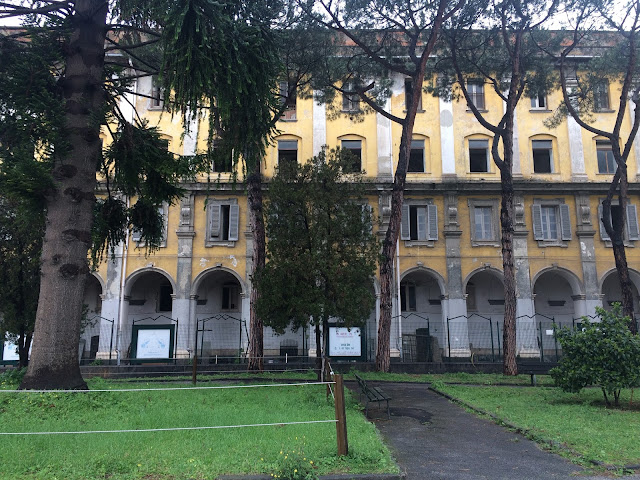The dead rising - at the heart of a city with the ghosts of Central Station
Only feet deep but worlds apart, infrastructure has often flirted with the dead in its quest to support a growing city - from colonial Sydney’s railway extension, to modern day London Euston’s HS2. Transport planning in turn, has the capacity to reveal a metabolic mapping of our cities supporting life - both the physical narrative of how cities grow, and an intimate biographical portrait of the lives and plights of those that inhabit it across time. The current exhibition Dead Central currently on show at the State Library of New South Wales, explores the soil beneath our feet, arguably entwining our everyday lives with the dreams and dreads of those past.
 |
| With the city's ghosts. Central Station commuters. Image Author's own. |
Where 30,000 bodies once lay, train and commuters now glide through - weaving their everyday commutes and routines. On their iPhones, instagram-ing, starring blankly out of windows, mulling over a passing thought or what’s for dinner. The lives that we live today, are entwined with those of the past. Although the exhibition’s title seems to promise ghastly ghostly tales of haunted tunnels and a visit to the dead, Dead Central instead brings to life an array of archival photos, maps and letters of the library’s collection, to bring the visitor on a journey through the urban development of locally loved Central Station in Sydney’s central business district. Rather than juicy ghost spotting, it instead indirectly makes a broader, and stronger, point beyond the grave; that of the role of the dead in forming our modern cities, and the synergy between graves and trains and the physical layering of a city.
 |
| Sydney's Central Station today - proud edifices. Built on the site of a major cemetery, belying the lives of past. Image Author's own. |
[...the new station shadows over the closing chapter of the cemetery and its memories of a city past, paving the way for the city current... it's a lonely reflection of a city, its throbbing heart articulating the frozen debates of times past...]The many stories recorded in the exhibition illuminate the integral role of this site and its successive transformations have held for Sydney's growth, and to the lives of Sydneysiders. The social and emotional ties that this cemetery had to those living in the city are revealed. News articles of the time that relay the way people celebrated the role of the cemetery in the city of Sydney - having picnics among the graves. Additionally, the personal connections is seen in the committed Foster’s couple from Surry Hills. In the years leading up to the decommissioning of the cemetery, the couple painstakingly recorded the names and details on the tomb stones of many of those buried and often inked the text carvings on the headstones so that they could be photographed and their inscriptions clearly recorded. Many of these stories now fill the exhibit and gives an intimate and yet lonely biography of the city. Human plight is further shown through the politics as the station gets built and debates bubble on where it should be located. This included the north of Hyde Park that was said to threaten and require demolition of colonial buildings, but promoted a new era to the city and a complex historic erasure. Gradually, as the modern day site is chosen, construction commences, ribbon is cut and the first steam train departs for Parramatta, the new Central train station shadows over the closing chapter of the cemetery and its memories of a city past, paving the way for the city current.
It’s a lonely reflection of a city, its throbbing heart articulating the frozen debates of times past. It in turn points to many of our own public debates around urban development, our values, and what we think planning for the future might be like. Thereby it links our lives and debates to that of our predecessors; these too becoming formative to our city’s growth, and equally becoming the frozen thoughts and passions in 200 years time - archived into glass boxes with neat descriptions, as yet another layer is built into and onto the city. It is then that we become custodians to our cities, and with it the responsibility to do it right, or forever be haunted by ghosts of what could be!
 |
| Gap into other lives and passing time - the silver trail our lives in the train. Snapped at Wynyard Station, Sydney (Author's own) |
Dead Central is on exhibition until 17th November 2019 at the State Library of NSW.
Commune with the podcast, or plan a trip beyond the grave - link to the exhibition and more at: https://www.sl.nsw.gov.au/exhibitions/dead-central



Comments
Post a Comment